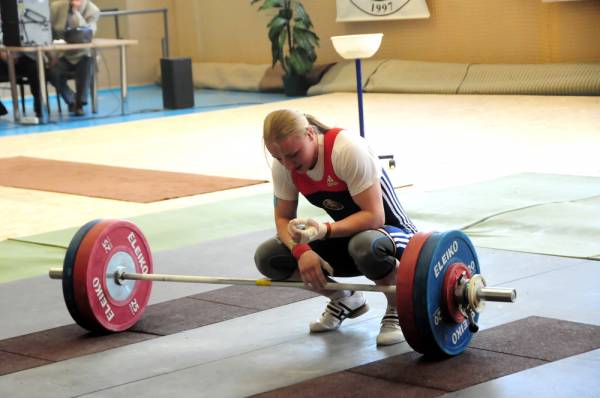This article is going to be fairly short and to the point. The simple concept I want you to take away from it is that just because an injury resulted from an acute trauma does not always mean it is an acute injury.
What I mean is simple: two people could get hit in the exact same way during a rugby game, or trip on some black ice in the same manner, and it’s possible that only one of them would walk away with a fracture, tear, or injury of sorts. How can this be? I’m going to show you, it all comes down to movement.
Now, does this mean there is no such thing as an acute injury? Of course not. There are absolutely times where someone gets hit with direct contact or falls in a certain way in which an injury is simply unavoidable. But, it does mean that with proper movement we can avoid a number of injuries during acute trauma.
3 Ways to Get Injured
Broadly speaking there are three ways that you can get injured:
- Specific acute trauma/contact – In this scenario, some event happens that leads to an immediate injury. An example would be a bad tackle in football, where you fall in such a way that when you get up from the ground you are in pain. Your movement will then change because of the injury and the pain you are experiencing.
- Insidious onset pain – This means pain that gradually comes on. You notice it here and there, maybe during certain activities. This causes you to modify the way you move (consciously or subconsciously), and this altered movement leads to an injury.
- Times where you feel “off” – On these days, you just don’t feel right. Maybe you haven’t eaten or didn’t drink enough water. Maybe you pulled an all-nighter or drank too much alcohol the night before. Regardless of the reason, you don’t quite feel yourself and because of this you actually move differently, even if you don’t know it. This altered movement can then lead to an injury.
Do you see a theme emerging? Altered movement.
“With proper movement we can avoid a number of injuries during acute trauma.”
This is key when it comes to injury prevention. As a physical therapist, I see so many injuries that would have been entirely avoided or prevented had the person had better movement. I recently heard a great example from leading physical therapist Gray Cook. He asked, if something is limited in your movement, or if something is dysfunctional, how is that going to work? How are you going to get proper feedback from the environment around you? It’s like learning to play an instrument with your ears plugged or learning to draw with your eyes closed. You are missing a huge, crucial piece of the puzzle that is going to absolutely influence your performance.
Can Movement Really Be Altered That Easily?
I know what some of you are thinking – that we all have days we feel off and that shouldn’t influence our movement too much. But I’m here to tell you it really and truly does.
Nutrition, water, sleep – these all are major factors in how we move, even if we are not remotely aware of it. It’s why athletes will usually be re-screened for movement dysfunctions after any bout of illness, with the changing of seasons, or after even a short period of inactivity. Because an athlete’s movement can change, they physical therapists need to make sure he or she is as injury resilient as can be to avoid injury.

Movement Doesn’t Discriminate
Don’t let your preconceived notions blur your understanding of movement. I see it all of the time: students, therapists, and professionals who automatically assume someone is dysfunctional if they are older or overweight. But movement does not discriminate, and you can find some extremely heavy individuals with excellent movement and some seemingly fit athletic types who are full of dysfunctions.
How Do You Best Prevent Injury?
The best way to prevent injury is to get screened by a professional who can tell you if you have any movement dysfunctions and work with you to correct them. Be cognizant of days you feel off, and do not allow insidious onset pain to linger. Managing your nutrition, hydration, sleep, and recovery from training are also keys to preventing injuries.
“You can find some extremely heavy individuals with excellent movement and some seemingly fit athletic types who are full of dysfunctions.”
Of course, there will always be the potential of an acute injury from an acute trauma – one that could not have been avoided, regardless of how much planning and work you put in. These injuries happen, and we deal with them when they do. But not all traumas need to result in an injury.
If you work on your movement health, you can become more injury resilient.
More like this:
- Pimp Your Strength Program With Movement and Mobility
- Reset Your Mobility With These 3 Essential Movement Patterns
- What Kevin Durant and the FMS Can Teach Us About Injuries
- New On Pulse Beat Fit Today
Photos courtesy of Shutterstock.






